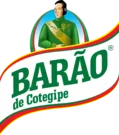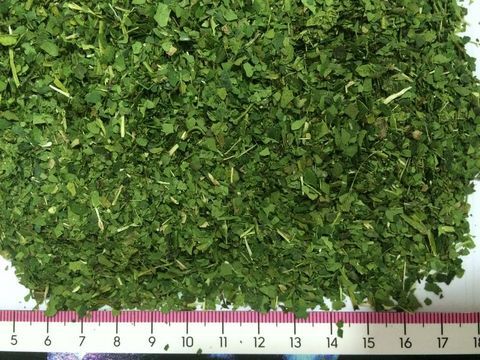Description
Yerba mate consists of leaves, stems, petioles and peduncles of the variety Ilex Paraguariensis. The harvest is done manually and the yerba mate branches are transported to the company in exclusive vehicles, covered with sombrite (screen for shading) to prevent degradation of leaves with wind and dust contamination.
The raw material arrives in the company loose or in scratches, being weighed and then discharged. In the next step, a special tractor with forks leads the yerba mate to a mat, which transports it to a sinner, which is a rotating iron cylinder where it is snare. Sapeco is one of the most important steps of yerba mate processing, in which the leaves come into contact with the flames of fire, at a temperature of up to 1500°C promoting the inactivation of enzymes present in leaves that cause darkening and oxidation of leaves, reduces microbial load and ensures the bright green coloration characteristic of a quality chimarrão.
After the sapeco step, the yerba mate is fragmented into a chipper and then driven to the drying process through a conveyor belt to the dryer. The dryer can be the traditional rotating method, which dries the yerba mate at temperatures from 400°C to 600°C in a time of up to 1 hour; or it can be the mat dryer that dehydrates the yerba mate with temperatures lower than 80°C to 120°C lasting up to 6h, this process has no contact with the smoke of the fire, as it is injected into the dryer only hot air from a heat exchanger.
In these sapeco and drying processes, the green yerba mate is transformed into cancheada yerba mate, where this process reduces on average 36% (sixty-four percent) of the initial product, in relation to its weight.
Then the yerba mate is sent through ducts to the oot, this equipment contains 16 hands of pylons, in which the raw material is soposted until dust turned.
Leaving the pylons, the product is led to a standardization sieve, which has holes of 10mm and removes the larger sticks, which are reused in products for export. The standardized product is then subjected to a classification in another sieve that makes the separation of toothpick, leaves and powder. This classifier sieve has holes of 6mm, 2mm and 1mm, whichis greater than this granulometry is reused in other products, such as tereré.
The three classified products (toothpicks, sheets and powder) are separated into dosings, which are automatically connected to the automatic mixer, which promotes a homogeneous and standardized mixture of the product. This automatic mixer is automatically driven by the product filler machine.
And after this step, the yerba mate proceeds to the packaging sector through stainless steel ducts, dragged by endless threads to the automatic packaging machine, where it is weighed by a scale attached to the machine. The automatic packaging machine assembles the packaging at the time of the packaging, preventing any contamination of the product. After packaged, the product has its weight inspected and then is packed and stored until the time of shipment.
It is noteworthy that all the stages of production of yerba mate, machinery and the transport ducts of products are mechanized and hermetically sealed.
- yerba mate
- tereré
- toasted mate tea
- teas
- yerba mate
- teas
Production Capacity:
Not informed
Delivery Timeframe:
Not informed
Incoterms:
Not informedPackaging Details:
Not informed
More about
Barão Erva Mate e Chás
100-200
Employees
10M - 50M
Sales volume (USD)
40%
% Export sales
Year
Established
Business type
- Industry / Manufacturer
Keywords
- yerba mate
- tereré
- toasted mate tea
- teas
- yerba mate
- teas Ver Mais
Contact and location
-
ANA ********
-
+55 54********
-
Barão de Cotegipe / RS | Brazil






